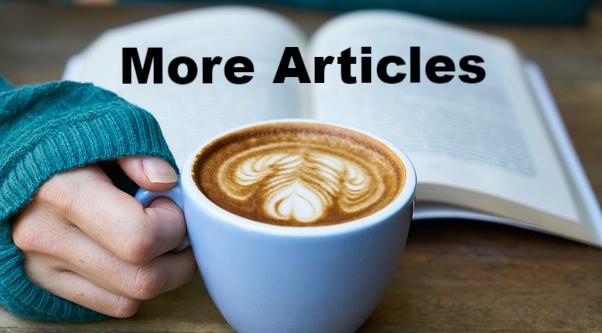Quick tips and tools to add depth to parts of your mix
By Rob Stewart - JustMastering.com
Have you ever listened to a great mix and marveled at the almost three-dimensional aspect that it has, how certain instruments appear to be behind others, while some may even sound like they are coming from beyond the speakers? We humans hear a fully three dimensional world, and there are several aspects of human hearing give us that ability to sense how close things are to us. Without going too far into the technical details, it goes well beyond the fact that we have two ears. Our brains help us to interpret what we hear, using certain aural cues that help us determine where things are located in the space around us.
It is possible to partially trick our brains into thinking that music has added depth, width or height. By just providing one or two aural cues in the right places, you can create a convincing illusion where, for example, the vocalist appears to be in front of the ensemble, and that the percussionist is sitting at the back of the stage.
I generally avoid recommending specific pieces of gear, however, creating a sense of depth in your mix is a challenge for many people, and there are a few tools available that make that process a little easier. If you are working on a mix that would benefit from adding a bit of depth, here are three unique tools that will help you create convincing results relatively quickly when they are used correctly.
Note: I should mention that to create a truly compelling listening experience, you need depth contrast. I talk at length about contrast in my loudness primer, and it is the same rule of thumb for depth. If you think of a good 3D movie, certain elements of the scene are jumping out at you while others are deep "into" the screen, and it is all carefully assembled that way for maximum impact. It works the same way with depth in audio. If you push everything to the back, or out to the front, or way beyond the left and right, you will not achieve a dramatic sense of depth, because the listener will have no compare point when listening. The key is to use the technique/process selectively, to create depth contrast.
To help maximize your mix's potential for depth contrast, minimize the amount of noise in your mix because noise will work against your efforts to create depth. You can find my ideas on reducing noise in your mix in my noise article.
Good luck, and happy mixing!
"Proximity" by Tokyo Dawn Labs
"Proximity" from Tokyo Dawn Labs is a free plugin that makes the process of creating a sense of depth in your mixes relatively easy. It combines all of the common aural depth cues into a single interface where you can turn each one on or off. Place the plugin on a few selected tracks to move certain elements back behind others. The possibilities are almost limitless, but consider using this tool on different background vocals to create layers, or to place soloists at different distances.
"Virtual Sound Stage" by Parallax Audio
"Virtual Sound Stage" by Parallax Audio takes a different approach, and a unique interface to allow you to accurately place different mix elements in a realistic 3D space. When used sparingly, perhaps on just one or two elements in your mix, this plugin can be highly effective at deepening, and widening your mix. This plugin is very useful if you are using a lot of virtual instruments in your mix, and you need to make the instruments sound like they are in the same space. Virtual Sound Stage makes it easy - you insert the plugin on the track, and then click on the area of the stage that you want to place the track, and that's it!
"Panorama" by Wave Arts
"Panorama" by Wave Arts is a highly configurable tool - it is more technical in nature than Proximity and Virtual Sound Stage, however, with that comes many different options. You can select what type of listening environment you are optimizing the sound for - for example, did you want to create a realistic 3D environment over headphones, or over loudspeakers instead? You can add reverb elements to the virtual environment, create a doppler effect, and - with automation - you can even create a sense of movement. As with the other two options above, I suggest using this effect sparingly, on only one or two tracks in your mix.

